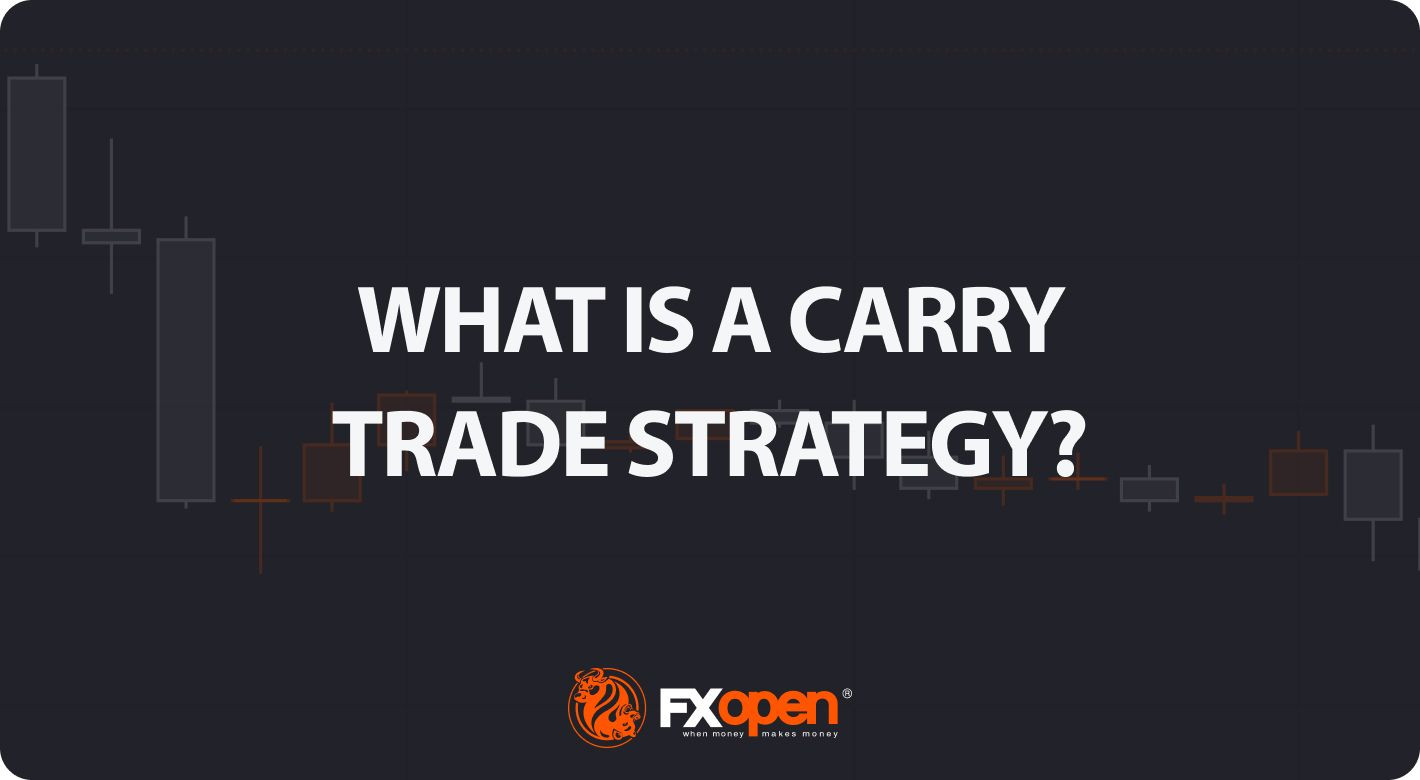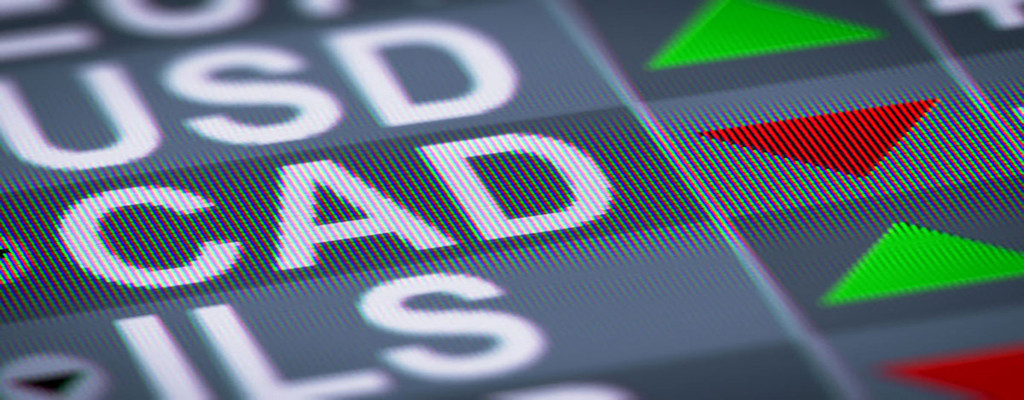The Carry Trade: How Investors Profit (or Lose) From Interest Rate Differentials
Imagine a strategy that promises to enhance an asset's returns by utilizing cheaper funds for its purchase. This, in essence, is the core of a foreign-currency carry trade, a strategy where investors exploit interest rate disparities between two countries.
They borrow where interest rates are low and invest where they are high. Carry trades are particularly popular when central banks in different parts of the world adopt divergent monetary policies, such as when one country fights inflation while another strives to boost economic growth. But be warned: these trades can also be a route to significant losses, as exchange rates are prone to sudden and unpredictable corrections.
What is a Carry Trade?
In financial parlance, the "carry" of an asset refers to the return generated from holding it. Consequently, a carry trade entails purchasing a currency and holding it until a profit is realized.
How Does a Carry Trade Work?
According to economic theory, this strategy should not be successful. High interest rates typically indicate weak economic fundamentals or accelerated inflation in a country, leading to a depreciation of its currency. Thus, the interest rate differential between two countries should reflect the expected depreciation rate of the high-interest-rate currency against the low-interest-rate currency.
Why Does It Work in Practice?
In reality, yield-hungry investors often disregard poor fundamentals if the potential rewards are sufficiently high. The carry traders themselves contribute to strengthening the high-interest-rate currency by investing in it. When this occurs, more investors become attracted to the trade, further fueling the currency's appreciation. The theory doesn't always align with practice. Sometimes, high interest rates signal a turning point where policymakers begin to address economic issues, prompting an increase in the value of the country's assets.
Examples of Carry Trades
Investors have employed this strategy for decades to profit from bets on currencies such as the South African rand, Hungarian forint, and the Mexican peso. In 2018, Turkey and Argentina emerged as carry trade destinations due to their central banks' responses to localized economic challenges. In 2022, traders identified an opportunity when several Latin American central banks significantly increased interest rates in response to inflation following the economic recovery from pandemic-induced shutdowns, even as the US Federal Reserve and the European Central Bank kept rates exceptionally low. And in 2024, thwarted expectations for aggressive rate cuts by the Fed revived bets on the dollar, using the weakened yen as a funding currency.
Who Participates in Carry Trades?
Until the 1990s, this strategy was primarily the domain of hedge fund managers who placed bets on obscure emerging-market currencies, and the term was relatively unknown in mainstream finance. Then, the Bank of Japan lowered its interest rates near zero, prompting traders worldwide to realize they could profit by borrowing in yen to purchase dollar-based assets. Today, investors in bonds and other fixed-income assets are the main participants in this strategy, and trades are typically short-term, according to the Bank for International Settlements.
Implementing a Carry Trade
The most common method to execute a carry trade is to borrow money in Country A, where interest rates are low, convert it to the currency of Country B, where rates are high, and invest in bonds in Country B. Investors who are unwilling or unable to invest in local-currency bonds can access carry returns through currency swaps and futures contracts, instruments that provide payouts based on exchange-rate fluctuations over time.
Carry Trade Returns
After accounting for risk, some research indicates that the carry trade typically surpasses stock performance. The Bloomberg Cumulative FX Carry Trade Index, which tracks the performance of eight emerging-market currencies against the dollar, has generated positive returns in 11 of the past 20 years—meaning gains by this measure are slightly more likely than a coin toss.
Potential Risks and Pitfalls of Carry Trades
Economists have likened the carry trade to picking up pennies in front of a steamroller—the money is there for the taking, as long as you don't linger and get crushed. Consider the case of US hedge fund FX Concepts, which went bankrupt in 2013 after reacting slowly to decisions by central banks worldwide to reduce interest rates to virtually zero. Another illustrative example is the yen-dollar carry trade of the late 1990s. In just one week in 1998, the yen surged 16% against the dollar, wiping out years of profitability for carry-trade investors who had borrowed in yen to invest elsewhere. The yen's sharp rise in July 2024 triggered a broad-based liquidation of global carry trades, adversely affecting some emerging-market currencies that had benefited from this wager.
What Triggers Sudden Reversals in Carry Trades?
Shifting fortunes in carry trades can be triggered by a tightening of monetary policy in the low-interest-rate currency, an unforeseen event that diminishes the appeal of the target currency, or simply a market realization that the target currency has become disconnected from economic fundamentals.
The High-Stakes Game of the Carry Trade
While the potential rewards of carry trading are enticing, its risks are equally substantial. As we've seen, unforeseen events, shifts in monetary policy, or market perceptions can rapidly reverse a seemingly lucrative strategy, leading to significant losses. Therefore, careful analysis, risk management, and a keen understanding of global economic trends are crucial for anyone considering venturing into the world of carry trades.

















